Giles Quarme Architects: Realising dreams
Giles Quarme Architects — or GQA — has a formidable record both of breathing new life into listed buildings and designing new ones, as John Goodall discovers
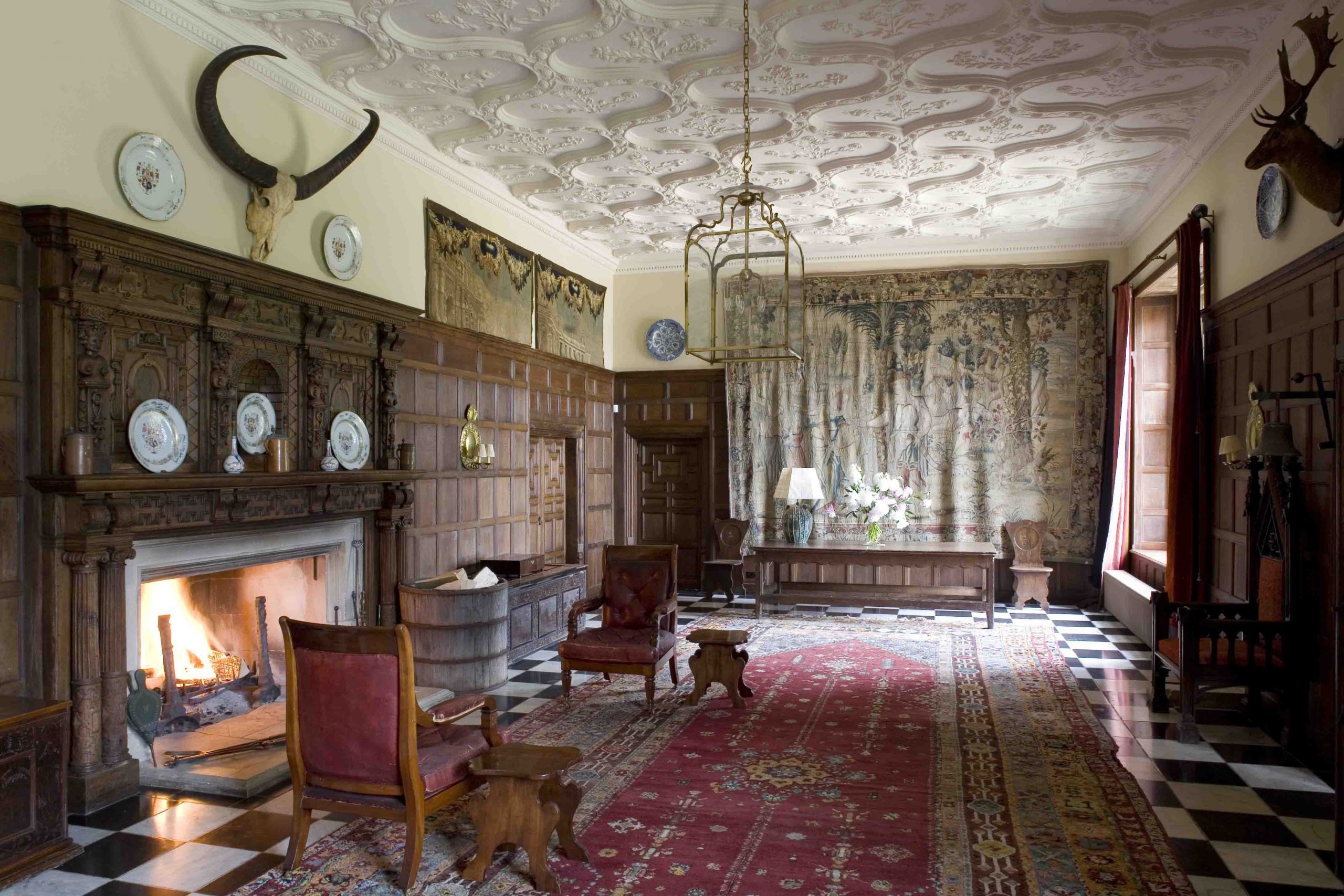
'You can transform your old house. You just need someone who knows what they’re doing,’ enthuses Giles Quarme. He should know. The founder of GQA in 1987, his long-standing and award-winning architectural practice — run with his co-director, Natasha Brown, and support from his design guru, Julian Cripps, and talented team — has worked on buildings of every scale, from landmarks such as The Royal Hospital at Greenwich to much smaller private residences, both rural and urban.
His clients include private owners, as well as institutions such as the National Trust, the Royal Household and the British Museum. He has also designed completely new country houses. As he explains: ‘We are interested in anything that’s challenging and — whatever it is — our aim is to achieve our client’s dreams. We also seek to do things properly, creating buildings that will stand the test of time and which will be admired long into the future.
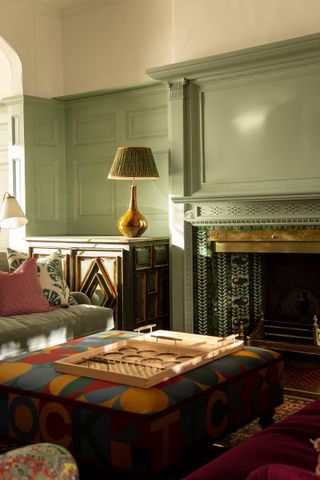
How do you approach adapting a listed building?
The foundation of all sympathetic work to historic buildings is understanding. Without a proper understanding of what makes them special architecturally and historically it’s impossible to make effective or appropriate plans. Properly researched, they are also a goldmine of technical ideas and lived experience. So our first task is always to research the story of a building as revealed by archives and the fabric. It’s through the rigour of this process that the practice is able to maintain its trusted relationships with both Historic England and conservation officers that have been built up over many years.
Does work on country estates present special challenges?
Historic estates are staples of the British landscape and its history, so preparatory research is doubly important. We are also conscious, however, that they need to remain as functioning businesses and family homes. One particular pleasure of working on them is that our clients are committed to the future of their estates and want to do things to the highest standard and with a long-term view.
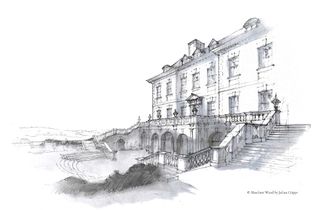
How can you adapt buildings that are protected by their listed status?
Sensitive creativity. These buildings are a patchwork of changes made over the centuries and we seek to continue that process of sympathetic development, guided by SPAB principles, to ensure that they serve contemporary needs. That can involve circulation and reinstatement of features, as well as new architectural additions and sustainability. The relationship of a building with its surroundings can also be transformative and we work with a multitude of award-winning landscape architects and designers.

Does the practice have a favourite era?
No, variety is the spice of life. The housing stock of London, however, has made us natural specialists in Georgian buildings. Outside London, we work on everything from medieval to Modernist and we design new buildings, too, of course. Whatever we are working on, however, we are trying to balance an overall vision with an attention to detail. The two are inextricably related because if you don’t get the details right, then the overall design is going to be wrong. You can’t compromise on either and you need to plan with both in sharp focus.
Can you characterise your work?
In all our work, we aim for design that is timeless. To achieve that in a listed building, the historic and contemporary elements need to complement one another in a way that meets the owners’ aspirations. Historic buildings are treasure troves — in every project you uncover aspects of its story that have been lost or hidden. Part of our job is finding these and celebrating them with the clients and helping to create new stories for future generations.
Who is your ideal client?
Someone who wants to share their vision at every stage of a project, so, ideally, it would be a person who is engaged by architecture and landscape; who looks for quality in everything — be it design, construction or materials — and is excited by craftsmanship. In short, we love passionate clients.
For further information, please telephone 020–7582 0748, visit www.quarme.com or email mail@quarme.com
Sign up for the Country Life Newsletter
Exquisite houses, the beauty of Nature, and how to get the most from your life, straight to your inbox.
-
 The century-old enamelling technique used to create Van Cleef's lucky ladybird brooch — which has something in common with Country Life
The century-old enamelling technique used to create Van Cleef's lucky ladybird brooch — which has something in common with Country LifeThe technique used in the jeweller's Geneva workshop has been put to good use in its latest creation.
By Hetty Lintell Published
-
 ‘The best sleep in the sky’: What it’s like to fly in United’s Polaris cabin, approved by American icon Martha Stewart
‘The best sleep in the sky’: What it’s like to fly in United’s Polaris cabin, approved by American icon Martha StewartUnited’s Business Class cabin goes by the name Polaris and Martha Stewart is a fan. So, how does it fare?
By Rosie Paterson Published
-
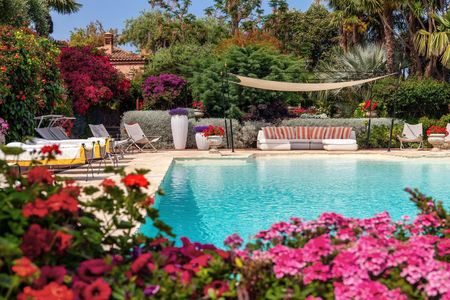 Jewels of the Mediterranean: Luxury multi-generational villa holidays
Jewels of the Mediterranean: Luxury multi-generational villa holidaysThe Thinking Traveller have some of the finest villas in the Mediterranean on their books for multi-generational holidays. Here are just a few of the highlights.
By The Thinking Traveller Published
-
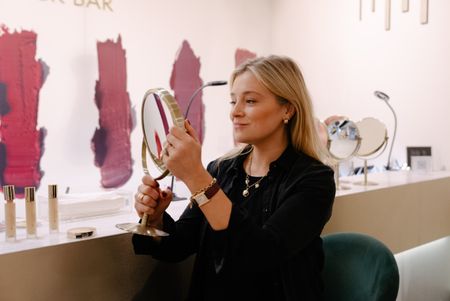 Code8: Beauty on Burlington Arcade
Code8: Beauty on Burlington ArcadeCome along Burlington Arcade with Hetty Lintell to visit beauty gurus Code8, and try their new Day To Night Foundation.
By Code8 Published
-
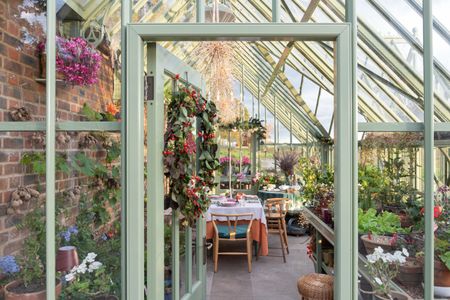 The gift of growing
The gift of growingEntirely built to suit your needs, a bespoke Alitex greenhouse not only helps you nurture flowers and vegetables, but also offers a tranquil retreat from the pressures of daily life.
By Alitex Published
-
 The ultimate Canadian train journey
The ultimate Canadian train journeyExperience the spectacular scenery of the Canadian Rockies onboard the luxury and top-tier service of Rocky Mountaineer.
By allantaylor Published
-
 Diamonds are a man’s best friend
Diamonds are a man’s best friendMale interest in jewellery is on the rise, with gypsy and signet rings proving especially popular, according to renowned jeweller Hancocks.
By Hancocks London Published
-
 The Art of Lighting: Four of Britain's top designers share their best tips for choosing lighting
The Art of Lighting: Four of Britain's top designers share their best tips for choosing lightingAt a recent panel discussion hosted at Vaughan’s London showroom during Focus/24, interior designers Emma Pocock and Sarah Peake, lighting designer Jo Mann of Lighthouse Designs and Richard Smith of Vaughan shared their top 10 tips on choosing lighting.
By Vaughan Published
-
 The beauty of bespoke: A journey with Julia Lloyd George
The beauty of bespoke: A journey with Julia Lloyd GeorgeGoing bespoke with Julia Lloyd George means getting not just a piece of jewellery, but a lifelong treasure.
By Julia Lloyd George Published
-
 Hancocks: Sparkle of genius
Hancocks: Sparkle of geniusHistoric jewellery firm Hancocks, now in its new St James’s home, specialises in old-cut diamonds pieces that gleam and turn heads even in low light.
By Hancocks London Published

